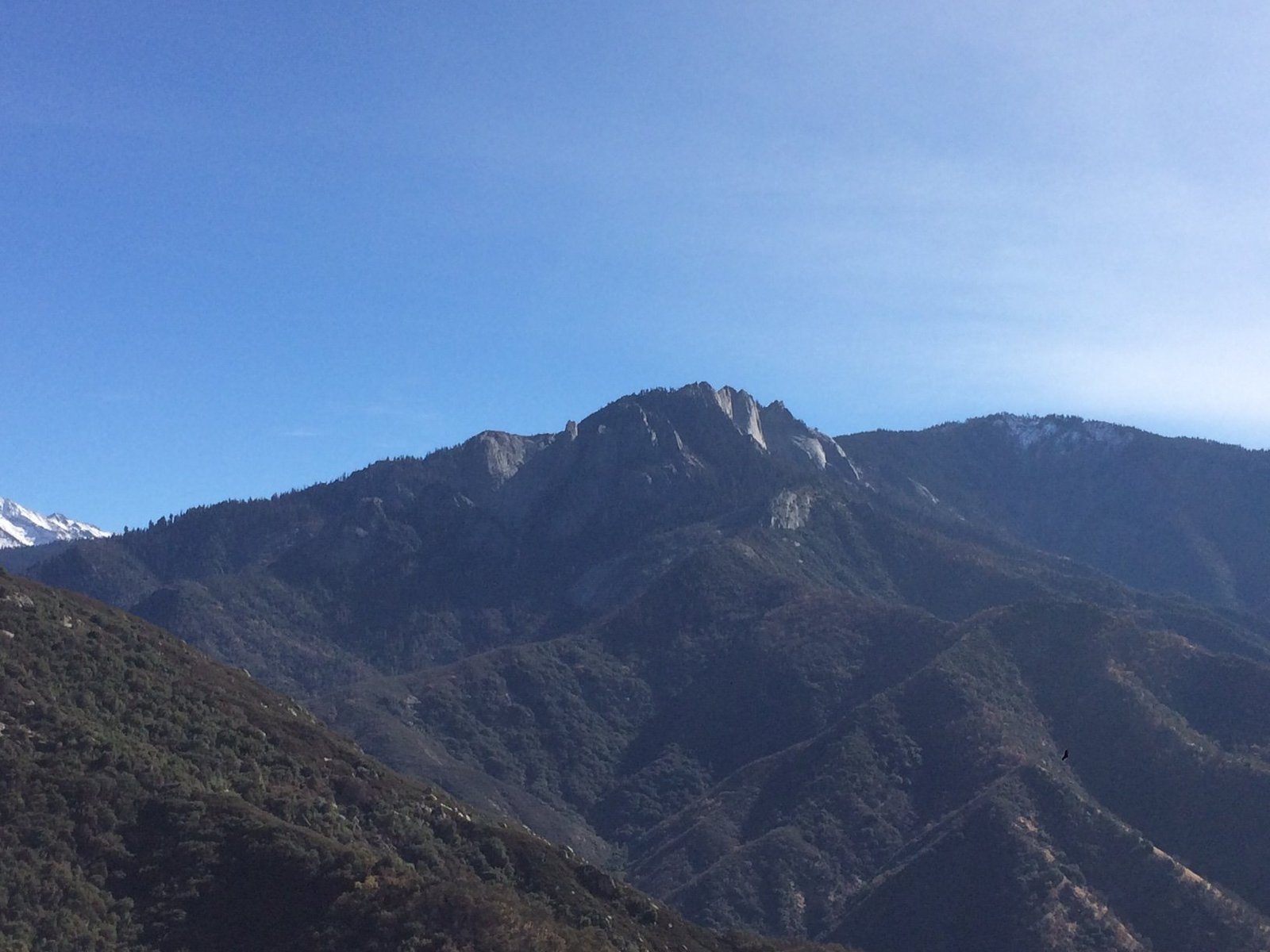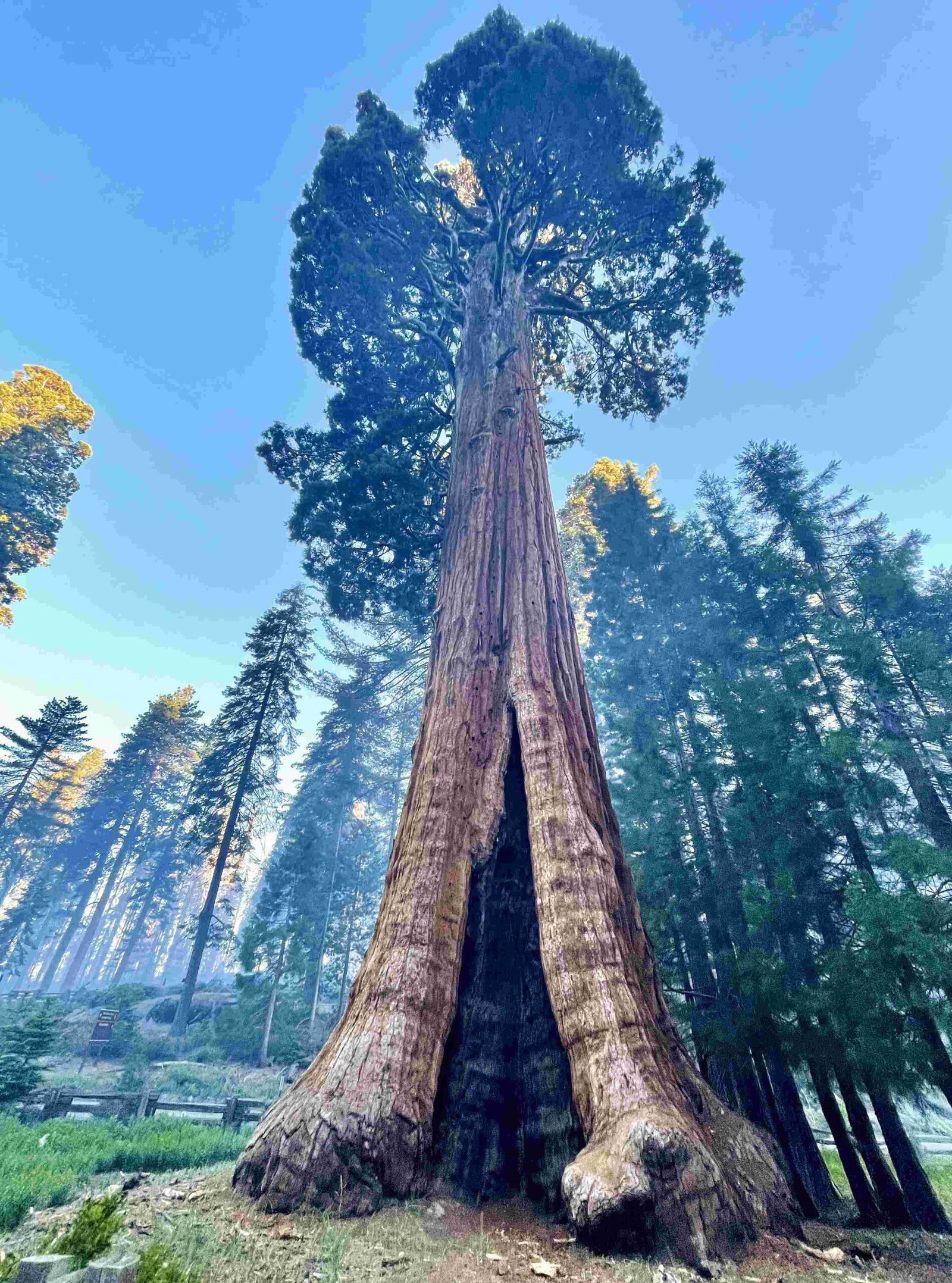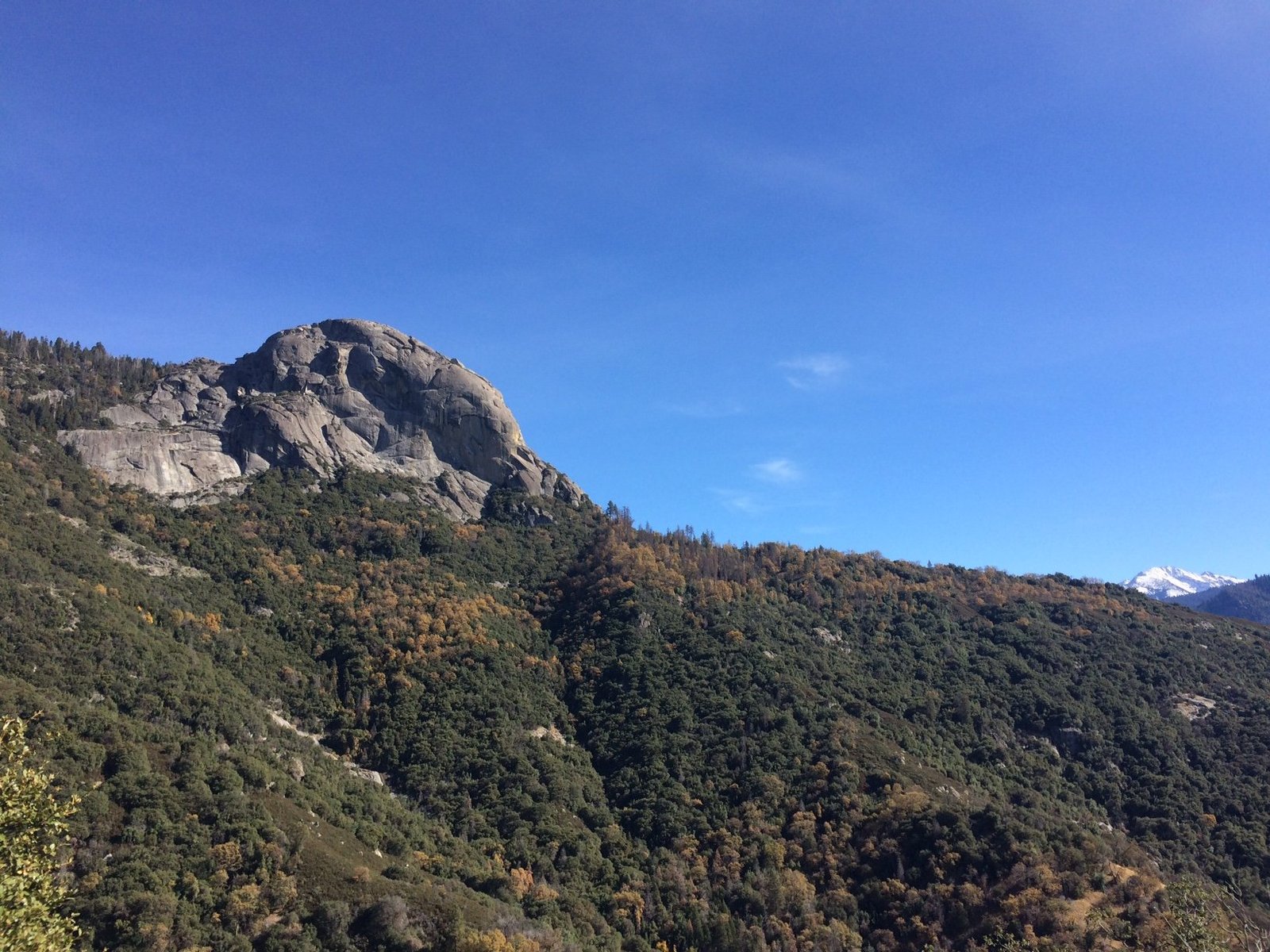The Squatter’s Cabin in Sequoia National Park is a remarkable historical structure that offers a glimpse into the park’s fascinating past. Built in 1886 by the Kaweah Colony, a utopian socialist community, this one-room log cabin stands as a testament to early settlement efforts in the area. Located in Huckleberry Meadow near the Giant Forest, the cabin was added to the National Register of Historic Places in 1977, preserving its significance for future generations. Today, visitors can explore this unique piece of history while enjoying the natural beauty of Sequoia National Park.
What is the Historical Significance of the Squatter’s Cabin?

The Squatter’s Cabin holds immense historical importance within Sequoia National Park. Its story is intertwined with the Kaweah Colony, a socialist utopian community that played a crucial role in the park’s early development. Here’s a timeline of key events:
- 1886: The Kaweah Colony is founded, inspired by the writings of Laurence Gronlund and Edward Bellamy.
- 1886: The Squatter’s Cabin is built as part of the colony’s settlement.
- 1890 (Summer): The colony completes a road into the Giant Forest.
- 1890 (September 25): Sequoia National Park is established, halting the colony’s activities.
- 1891: Colonists are arrested and convicted for continued logging.
- 1892: The Kaweah Colony officially disbands.
The cabin served as a base for the colonists as they worked to establish their community and build infrastructure in the area. Their efforts, particularly the road construction, laid the groundwork for future park development.
Where is the Squatter’s Cabin Located and How Can Visitors Access It?

The Squatter’s Cabin is situated in a picturesque location within Sequoia National Park:
- Specific Location: Huckleberry Meadow, near the Giant Forest
- GPS Coordinates: 36°33′31″N 118°45′9″W
- Nearest Trail: Colony Mill Trail (follows the route of the old road built by the Kaweah colonists)
Visitors can access the cabin via trails in the Giant Forest area. While there are no specific visiting hours for the cabin itself, it is accessible during general park hours. No special permits are required to visit the Squatter’s Cabin, but visitors must pay the standard entrance fee to Sequoia National Park.
What is the Current Condition of the Squatter’s Cabin?
The National Park Service has made efforts to preserve this historical structure:
- Structural Integrity: The cabin remains a one-room log structure, maintaining its original character.
- Preservation Status: Added to the National Register of Historic Places on March 8, 1977.
- Restoration Work: In the 1950s, the cabin underwent restoration to its original condition.
Visitors are allowed to view the cabin, but there may be restrictions in place to protect the structure and its surroundings. The National Park Service manages the cabin as part of Sequoia National Park’s historical resources, ensuring its continued preservation for future generations.
What Amenities are Available Near the Squatter’s Cabin?
While the Squatter’s Cabin itself is a rustic historical site, visitors can find various amenities in the surrounding area:
| Amenity | Description | Location |
|---|---|---|
| Parking | Various trailheads and parking areas | Giant Forest area |
| Restrooms | Public facilities | Nearby visitor centers and trailheads |
| Picnic Areas | Designated spots for outdoor dining | Throughout the park |
| Visitor Centers | Information and exhibits | Giant Forest and other park locations |
It’s important to note that these amenities are not directly at the cabin site but are available within a reasonable distance in the park.
How Does the Squatter’s Cabin Relate to the Broader History of Sequoia National Park?
The Squatter’s Cabin is not just an isolated historical structure; it’s a key piece in the broader narrative of Sequoia National Park’s establishment and early years:
- Pre-Park Settlement: The cabin represents early attempts to settle and utilize the area before it became a national park.
- Conservation vs. Development: Its history highlights the tension between resource exploitation and conservation efforts that led to the park’s creation.
- Infrastructure Development: The Kaweah Colony’s road-building efforts, though cut short, laid the groundwork for future park access.
- Cultural Heritage: The cabin serves as a tangible link to the diverse groups and ideologies that shaped the park’s early history.
What are Some Interesting Facts About the Kaweah Colony and the Squatter’s Cabin?
- The Kaweah Colony published its own newspaper called the Kaweah Commonwealth.
- The colony’s settlement included other structures such as a community center, blacksmith shop, store, and barn.
- Captain Charles Young, the first African-American superintendent of the park, played a crucial role in continuing the road construction started by the colonists.
- The cabin’s preservation allows visitors to step back in time and imagine life during the late 19th century in this rugged landscape.
How Can Visitors Make the Most of Their Trip to the Squatter’s Cabin?
To fully appreciate the Squatter’s Cabin and its historical context:
- Research Before You Go: Learn about the Kaweah Colony and early park history.
- Take a Guided Tour: If available, join a ranger-led program that includes the cabin.
- Explore Nearby Trails: Hike the Colony Mill Trail to understand the colonists’ road-building efforts.
- Visit Related Sites: Check out other historical structures in the park for a comprehensive view of its past.
- Respect the Site: Follow all park guidelines to help preserve this important historical resource.
By understanding the Squatter’s Cabin’s place in Sequoia National Park’s history, visitors can gain a deeper appreciation for the complex story of the park’s establishment and the diverse groups that shaped its early years.

